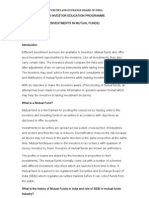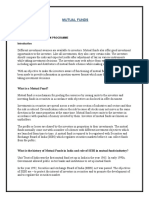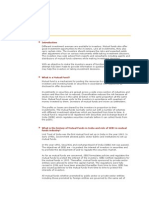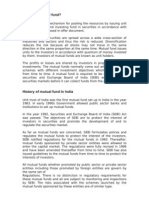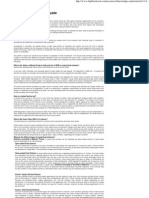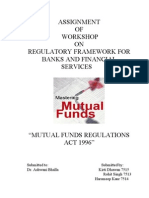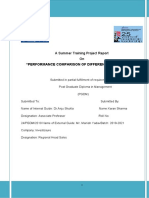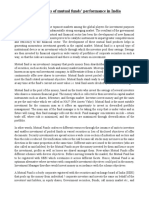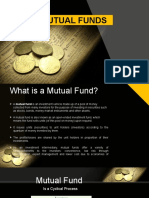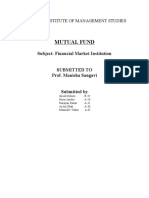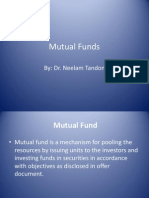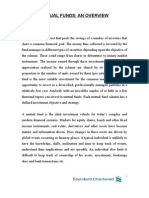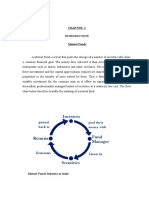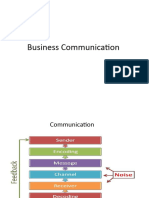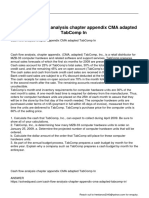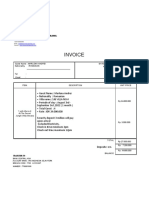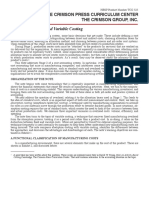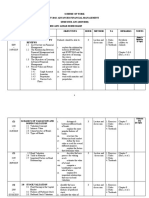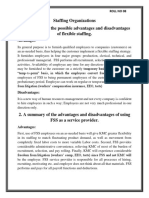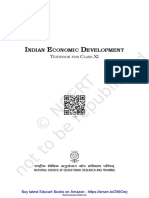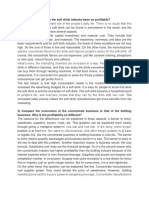SECURITIES AND EXCHANGE BOARD OF INDIA
SEBI INVESTOR EDUCATION PROGRAMME
(INVESTMENTS IN MUTUAL FUNDS)
Introduction
Different investment avenues are available to investors. Mutual funds also offer good
investment opportunities to the investors. Like all investments, they also carry certain risks.
The investors should compare the risks and expected yields after adjustment of tax on
various instruments while taking investment decisions. The investors may seek advice from
experts and consultants including agents and distributors of mutual funds schemes while
making investment decisions.
With an objective to make the investors aware of functioning of mutual funds, an attempt
has been made to provide information in question-answer format which may help the
investors in taking investment decisions.
What is a Mutual Fund?
Mutual fund is a mechanism for pooling the resources by issuing units to the investors and
investing funds in securities in accordance with objectives as disclosed in offer document.
Investments in securities are spread across a wide cross-section of industries and sectors
and thus the risk is reduced. Diversification reduces the risk because all stocks may not
move in the same direction in the same proportion at the same time. Mutual fund issues
units to the investors in accordance with quantum of money invested by them. Investors of
mutual funds are known as unit holders.
The profits or losses are shared by the investors in proportion to their investments. The
mutual funds normally come out with a number of schemes with different investment
objectives which are launched from time to time. A mutual fund is required to be registered
with Securities and Exchange Board of India (SEBI) which regulates securities markets
before it can collect funds from the public.
What is the history of Mutual Funds in India and role of SEBI in mutual funds
industry?
Unit Trust of India was the first mutual fund set up in India in the year 1963. In early 1990s,
Government allowed public sector banks and institutions to set up mutual funds.
In the year 1992, Securities and exchange Board of India (SEBI) Act was passed. The
objectives of SEBI are – to protect the interest of investors in securities and to promote the
development of and to regulate the securities market.
As far as mutual funds are concerned, SEBI formulates policies and regulates the mutual
funds to protect the interest of the investors. SEBI notified regulations for the mutual funds
in 1993. Thereafter, mutual funds sponsored by private sector entities were allowed to enter
the capital market. The regulations were fully revised in 1996 and have been amended
thereafter from time to time. SEBI has also issued guidelines to the mutual funds from time
to time to protect the interests of investors.
All mutual funds whether promoted by public sector or private sector entities including those
promoted by foreign entities are governed by the same set of Regulations. There is no
distinction in regulatory requirements for these mutual funds and all are subject to
monitoring and inspections by SEBI. The risks associated with the schemes launched by
the mutual funds sponsored by these entities are of similar type.
�How is a mutual fund set up?
A mutual fund is set up in the form of a trust, which has sponsor, trustees, asset
management company (AMC) and custodian. The trust is established by a sponsor or more
than one sponsor who is like promoter of a company. The trustees of the mutual fund hold
its property for the benefit of the unit holders. Asset Management Company (AMC)
approved by SEBI manages the funds by making investments in various types of securities.
Custodian, who is registered with SEBI, holds the securities of various schemes of the fund
in its custody. The trustees are vested with the general power of superintendence and
direction over AMC. They monitor the performance and compliance of SEBI Regulations by
the mutual fund.
SEBI Regulations require that at least two thirds of the directors of trustee company or
board of trustees must be independent i.e. they should not be associated with the sponsors.
Also, 50% of the directors of AMC must be independent. All mutual funds are required to be
registered with SEBI before they launch any scheme.
What is Net Asset Value (NAV) of a scheme?
The performance of a particular scheme of a mutual fund is denoted by Net Asset Value
(NAV).
Mutual funds invest the money collected from the investors in securities markets. In simple
words, Net Asset Value is the market value of the securities held by the scheme. Since
market value of securities changes every day, NAV of a scheme also varies on day to day
basis. The NAV per unit is the market value of securities of a scheme divided by the total
number of units of the scheme on any particular date. For example, if the market value of
securities of a mutual fund scheme is Rs 200 lakhs and the mutual fund has issued 10 lakhs
units of Rs. 10 each to the investors, then the NAV per unit of the fund is Rs.20. NAV is
required to be disclosed by the mutual funds on a regular basis - daily or weekly -
depending on the type of scheme.
